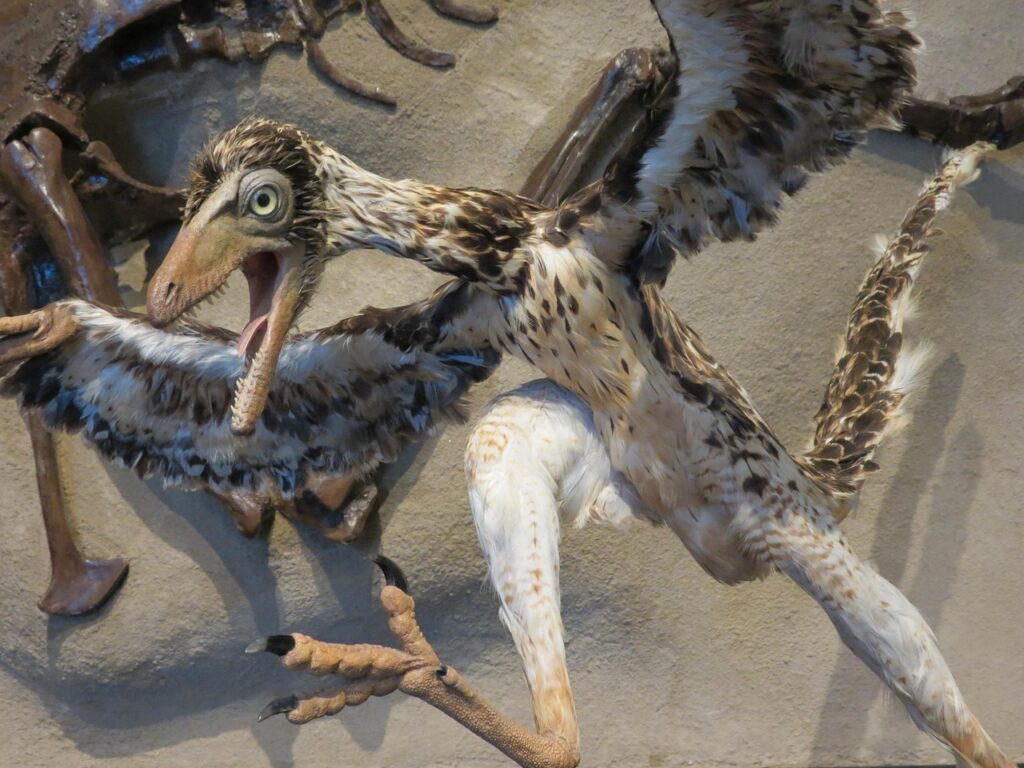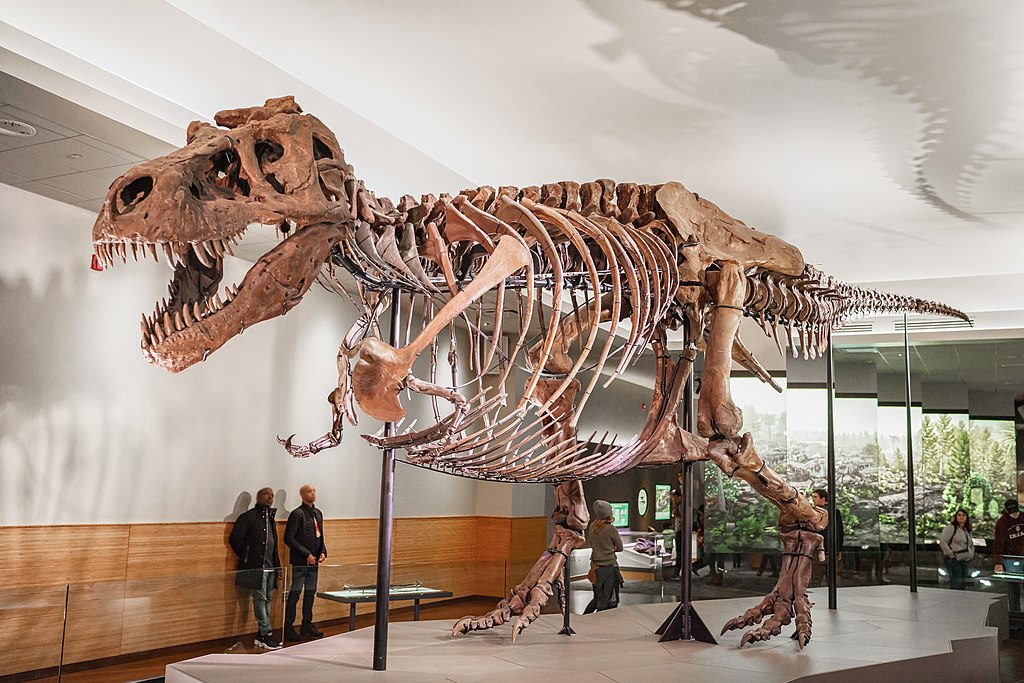Picture this: you’re walking through a forest and stumble upon what looks like a crime scene. White fragments scattered across the ground, strange gnaw marks, and an eerie silence. But this isn’t the work of some sinister villain – it’s nature’s cleanup crew at work. While most of us cringe at the thought of crunching on bones, there’s an entire underground world of creatures who consider them gourmet meals. These bone-crunching specialists have evolved incredible adaptations that would make your dentist weep and your stomach turn. From microscopic powerhouses to surprising household pets, the world of osteophagous animals is far more diverse and fascinating than you’d ever imagine.
The Mighty Spotted Hyena: Africa’s Ultimate Bone Crusher
When it comes to bone-eating champions, nothing beats the spotted hyena’s jaw-dropping performance. These African predators possess bite forces of up to 1,100 pounds per square inch – that’s nearly twice as powerful as a lion’s bite. Their massive skull houses specialized carnassial teeth designed specifically for cracking open even the largest bones like they’re peanuts. What makes them truly remarkable is their ability to consume almost 100% of their prey, leaving behind only hair and the occasional tooth fragment. Hyenas don’t just eat bones for the thrill of it. Their incredibly acidic stomach acid, with a pH level around 1, can dissolve bone fragments that would cause serious digestive issues in other animals. This evolutionary superpower allows them to extract maximum nutrition from carcasses that other predators abandon. Think of them as nature’s recycling plant, turning what others consider waste into valuable calcium and phosphorus. These remarkable creatures can process bones so efficiently that their droppings turn white from all the calcium – a telltale sign of their bone-heavy diet. In the wild, a single hyena can consume up to 30 pounds of meat and bone in one sitting, storing the nutrients for leaner times ahead.
Bearded Vultures: The High-Flying Bone Droppers

High in the mountains of Europe, Asia, and Africa lives one of nature’s most ingenious bone processors – the bearded vulture. These magnificent birds have earned the nickname “bone-breaker” through their spectacular hunting technique that looks like something out of an action movie. When they encounter bones too large to swallow, they carry them high into the sky and drop them onto rocky surfaces below, shattering them into manageable pieces. What’s absolutely mind-blowing is that bones make up 85-90% of their diet, making them the most specialized bone-eating bird on the planet. Their stomach acid is so powerful it can dissolve bone fragments within 24 hours, extracting every last bit of nutrition. Young bearded vultures actually learn this bone-dropping technique by watching their parents, turning mealtime into a high-stakes aerial performance. These birds have evolved incredible eyesight that allows them to spot suitable drop zones from incredible heights. They can carry bones weighing up to 9 pounds and drop them from heights of 150 feet or more, calculating the perfect angle and force needed to crack even the toughest femurs and skulls.
Your Neighborhood Dog: The Surprising Bone Enthusiast
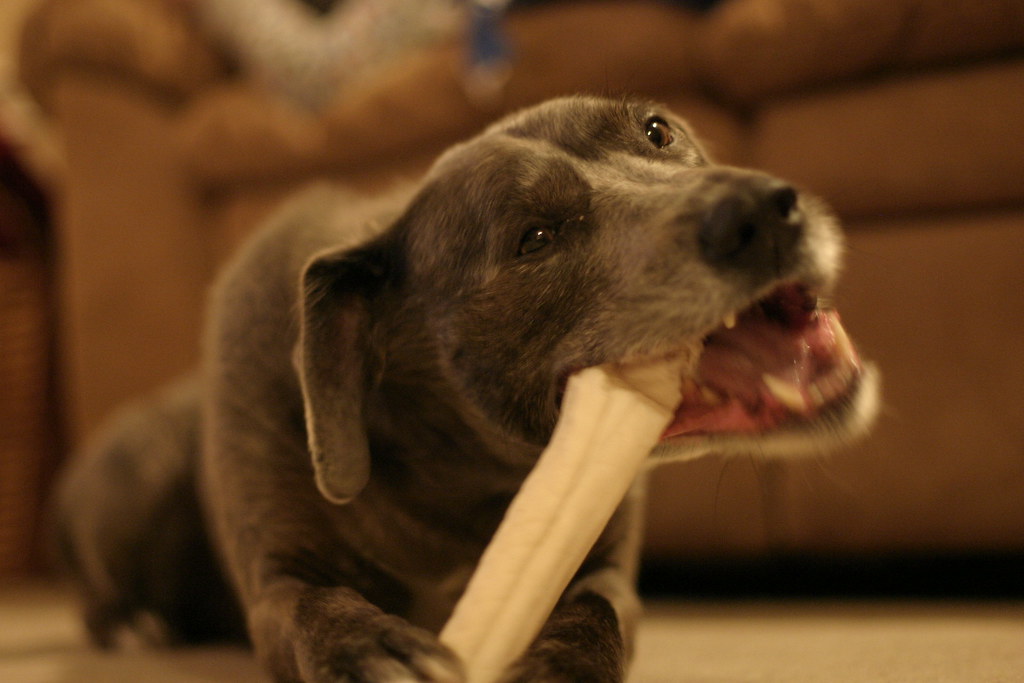
You might think you know everything about man’s best friend, but here’s something that might surprise you: dogs are natural bone processors with abilities that rival their wild cousins. Domestic dogs retain many of the bone-processing adaptations of their wolf ancestors, including powerful jaw muscles and specialized teeth designed for crushing and grinding. When you watch a dog work on a bone, you’re witnessing millions of years of evolution in action. However, not all bones are created equal in the canine world. Raw bones are generally safe and beneficial, providing essential minerals and helping clean teeth naturally. But cooked bones become brittle and dangerous, splintering into sharp fragments that can cause serious internal injuries. Smart dog owners know that supervised bone-chewing sessions with appropriate raw bones can provide hours of entertainment and dental benefits. What’s fascinating is how dogs instinctively know how to position bones for maximum leverage, using their molars to apply crushing force while their canines grip and tear. This behavior isn’t just about nutrition – it’s also a stress-reliever and mental stimulation that connects them to their ancestral roots.
Dermestid Beetles: The Microscopic Cleanup Crew
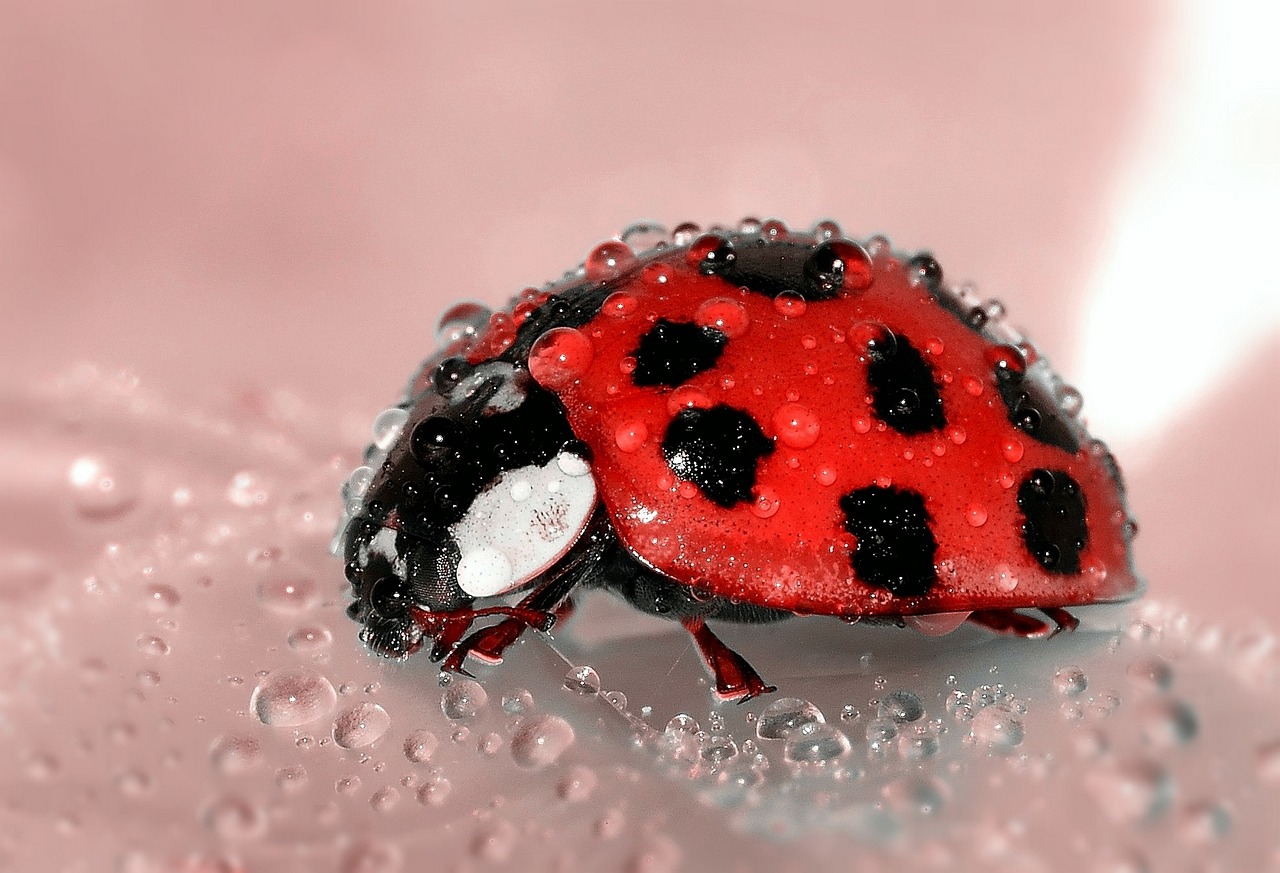
Meet nature’s most efficient cleaning service – dermestid beetles and their larvae. These tiny creatures, barely visible to the naked eye, can strip a carcass down to pristine bone faster than any other natural process. Museums and forensic laboratories actually employ colonies of these beetles to prepare skeletal specimens because they’re so incredibly thorough and precise. The larvae are the real bone-processing powerhouses, using specialized enzymes to break down the organic matrix within bones while leaving the calcium structure intact. They can consume dried flesh, cartilage, and even the protein within bone tissue itself. A single colony can process a deer carcass in just a few weeks, leaving behind bones so clean they look like they’ve been professionally prepared. What makes dermestid beetles particularly remarkable is their ability to work in tight spaces and process bones that other scavengers can’t reach. They can crawl inside skulls, between ribs, and into joint spaces, ensuring no organic material goes to waste. Their work is so precise that the cleaned bones often reveal details that would otherwise remain hidden. These beetles play a crucial ecological role as nature’s recyclers, breaking down carcasses and returning vital nutrients to the soil. Without them, our landscapes would be littered with partially decomposed remains, creating health hazards and disrupting natural cycles.
Wolves: The Pack Hunters with Bone-Crushing Power

Wolves are the original bone-crushers, with jaw strength that can generate up to 1,500 pounds of pressure per square inch. Unlike their domestic descendants, wild wolves regularly consume bones as part of their natural diet, extracting essential minerals that help maintain their strength and vitality. Their powerful jaw muscles and specialized teeth allow them to crack open long bones to access the nutritious marrow inside. Pack dynamics play a fascinating role in bone consumption among wolves. The alpha pair typically gets first access to the choicest parts of a kill, including the marrow-rich bones. Lower-ranking pack members often have to settle for smaller bones or wait their turn, creating a natural hierarchy that extends even to mealtime. Wolves have evolved an incredible ability to regulate their bone consumption based on their nutritional needs. During winter months when prey is scarce, they’ll consume virtually every part of their kill, including bones that would normally be left behind. This adaptive behavior has helped them survive in some of the world’s harshest environments. Research has shown that wolves can extract up to 40% more nutrition from a carcass compared to other predators, largely due to their bone-processing abilities. This efficiency gives them a significant survival advantage in competitive ecosystems where every calorie counts.
Komodo Dragons: Ancient Predators with Modern Appetites
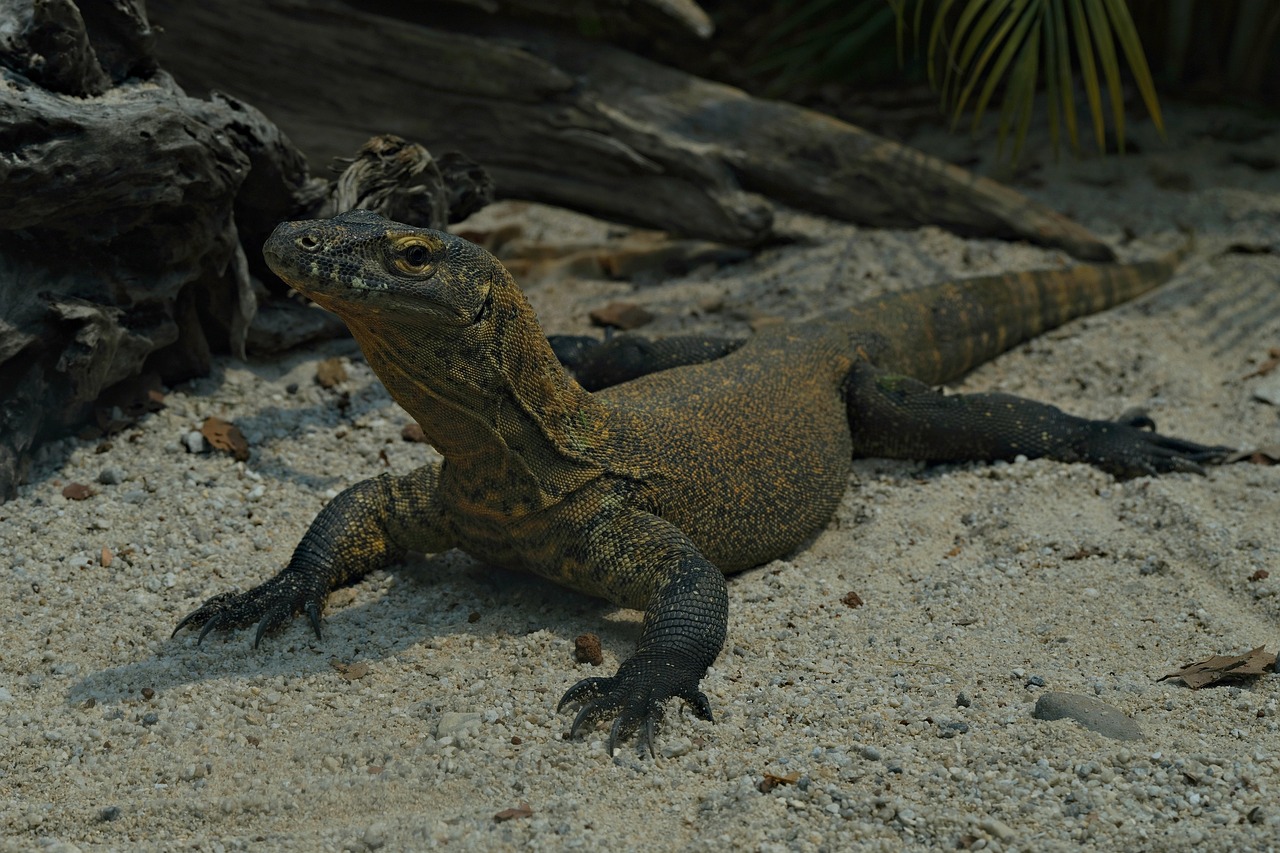
The Komodo dragon, the world’s largest living lizard, brings a prehistoric approach to bone consumption that would make a dinosaur proud. These Indonesian giants can unhinge their jaws like snakes, allowing them to swallow bones that seem impossibly large for their body size. Their serrated teeth work like saw blades, cutting through tough connective tissue and bone with surgical precision. What’s truly remarkable about Komodo dragons is their incredibly efficient digestive system. They can digest bones, horns, and hooves that would challenge even the most powerful mammalian predators. Their stomach acid is so corrosive that it can break down bone fragments within days, leaving behind only the most indigestible materials. These ancient predators can consume up to 80% of their body weight in a single feeding session, storing the nutrients for weeks or even months between meals. When they encounter a large carcass, they’ll return repeatedly over several days, systematically consuming every digestible part including the smallest bone fragments. Komodo dragons have been observed swallowing entire deer heads, letting their powerful digestive systems do the work of breaking down skull bones and extracting the brain matter inside. This behavior showcases their incredible adaptability and efficient use of available resources.
Bone-Eating Worms: The Ocean’s Hidden Recyclers
Deep beneath the ocean’s surface exists one of nature’s most bizarre bone-processing specialists – the bone-eating worm, scientifically known as Osedax. These unusual creatures look more like underwater flowers than worms, but their feeding habits are anything but delicate. They bore into whale bones that sink to the ocean floor, using specialized enzymes to dissolve the bone matrix and extract nutrients. Female Osedax worms are the real bone-processors, growing root-like structures that penetrate deep into bone tissue. These “roots” secrete acids that break down the bone’s calcium carbonate structure, allowing the worm to absorb lipids and other organic compounds. Male worms are microscopic and live as parasites inside the females, creating one of nature’s most extreme examples of sexual dimorphism. These remarkable creatures can completely consume a whale skeleton over the course of several decades, playing a crucial role in deep-sea nutrient cycling. Different species of bone-eating worms have evolved to process different types of bones, from whale vertebrae to fish skeletons, each with specialized adaptations for their preferred bone type. The discovery of bone-eating worms has revolutionized our understanding of deep-sea ecosystems, revealing an entire community of organisms that depend on the occasional bounty of sunken carcasses. Their bone-processing abilities ensure that even in the nutrient-poor deep ocean, nothing goes to waste.
Porcupines: The Unexpected Bone Gnawers
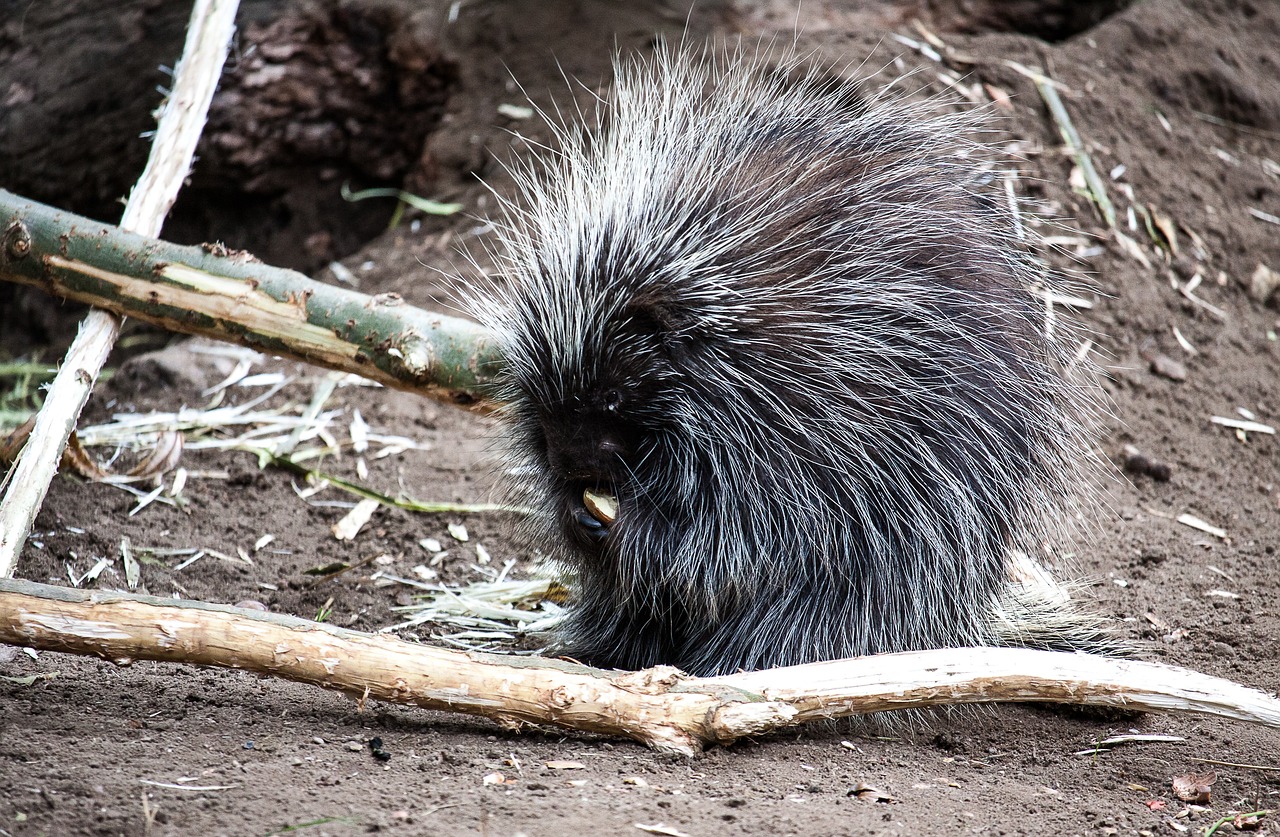
Most people think of porcupines as gentle vegetarians, but these spiky mammals have a surprising secret: they’re avid bone chewers. Porcupines actively seek out bones, antlers, and even discarded tools to gnaw on, driven by their need for essential minerals like calcium and phosphorus. Their continuously growing teeth require constant wear, and bones provide the perfect combination of nutrition and dental maintenance. What makes porcupines particularly interesting is their selective approach to bone consumption. They prefer bones that have been weathered and dried, avoiding fresh carcasses in favor of aged remains. This behavior helps them avoid competition with more aggressive scavengers while still accessing valuable nutrients. Porcupines have been observed gnawing on everything from deer antlers to old bones left behind by predators. Their powerful jaw muscles and sharp incisors can make quick work of even relatively hard bone material. In some regions, they’ve become notorious for chewing on wooden structures, tool handles, and anything else that might provide the minerals they crave. This bone-gnawing behavior is so pronounced that wildlife researchers often use the presence of gnawed bones as an indicator of porcupine activity in an area. The distinctive tooth marks left by porcupines are easily recognizable and provide valuable insights into their feeding patterns and habitat use.
Crocodiles and Alligators: Living Fossils with Bone-Crushing Jaws
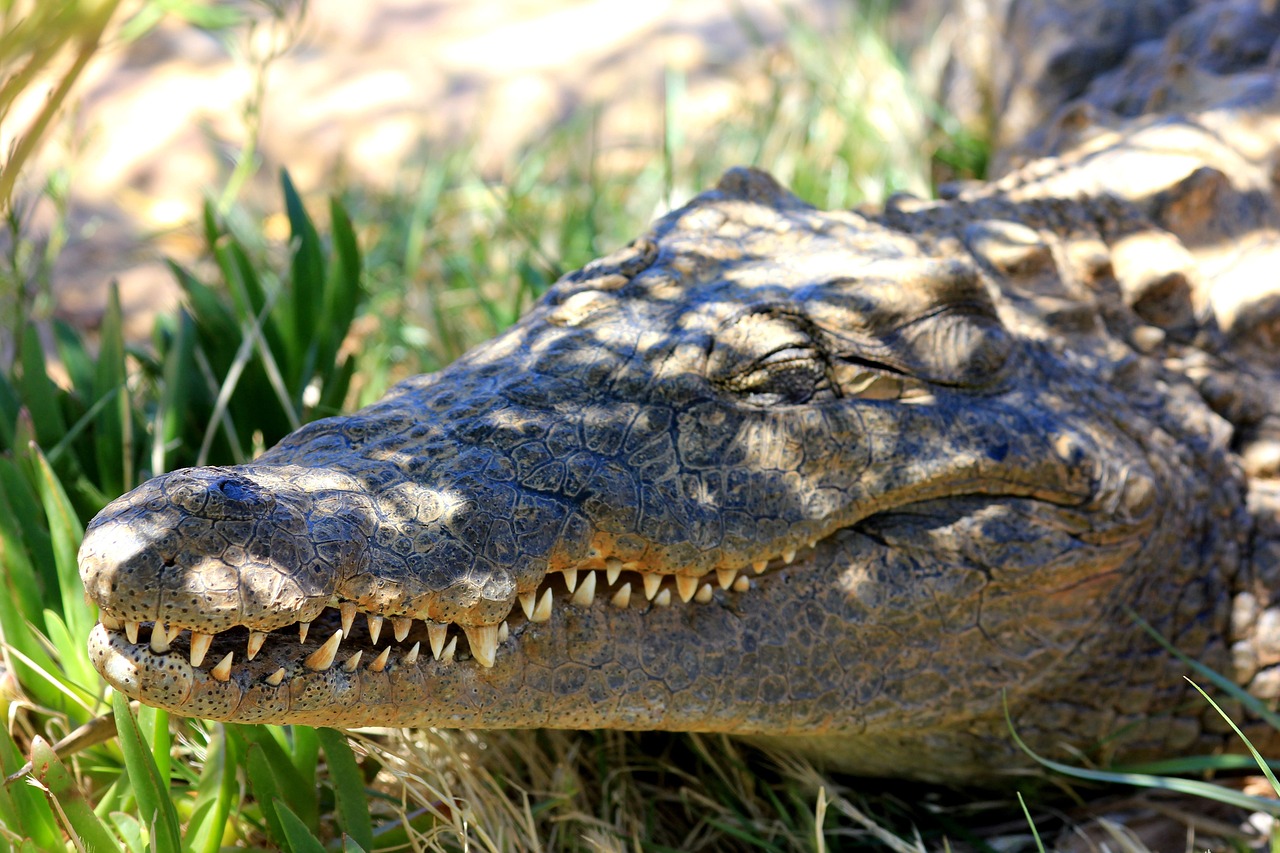
Crocodilians have perfected the art of bone consumption over millions of years, developing some of the most powerful bite forces in the animal kingdom. American alligators can generate bite forces exceeding 3,000 pounds per square inch, while saltwater crocodiles can reach even higher pressures. This incredible power allows them to crush turtle shells, crack large bones, and process virtually any animal unfortunate enough to become their prey. What sets crocodilians apart from other bone-eaters is their patience and strategic approach. They often perform “death rolls” to disorient prey and break bones, then store carcasses underwater to soften before consumption. This aging process makes bones easier to digest and allows them to extract maximum nutrition from their meals. Crocodilians have evolved specialized teeth that work like a conveyor belt system – when one tooth breaks or wears down, it’s quickly replaced by another. This adaptation ensures they always have the tools necessary for bone-crushing activities throughout their remarkably long lives. Their digestive systems are equally impressive, with stomach acid so powerful it can dissolve bone fragments and even metal objects. This allows them to consume almost every part of their prey, including bones that would be indigestible to most other animals. Crocodilians can survive for months between meals, making efficient use of every available nutrient crucial to their survival strategy.
Bears: Seasonal Bone Processors
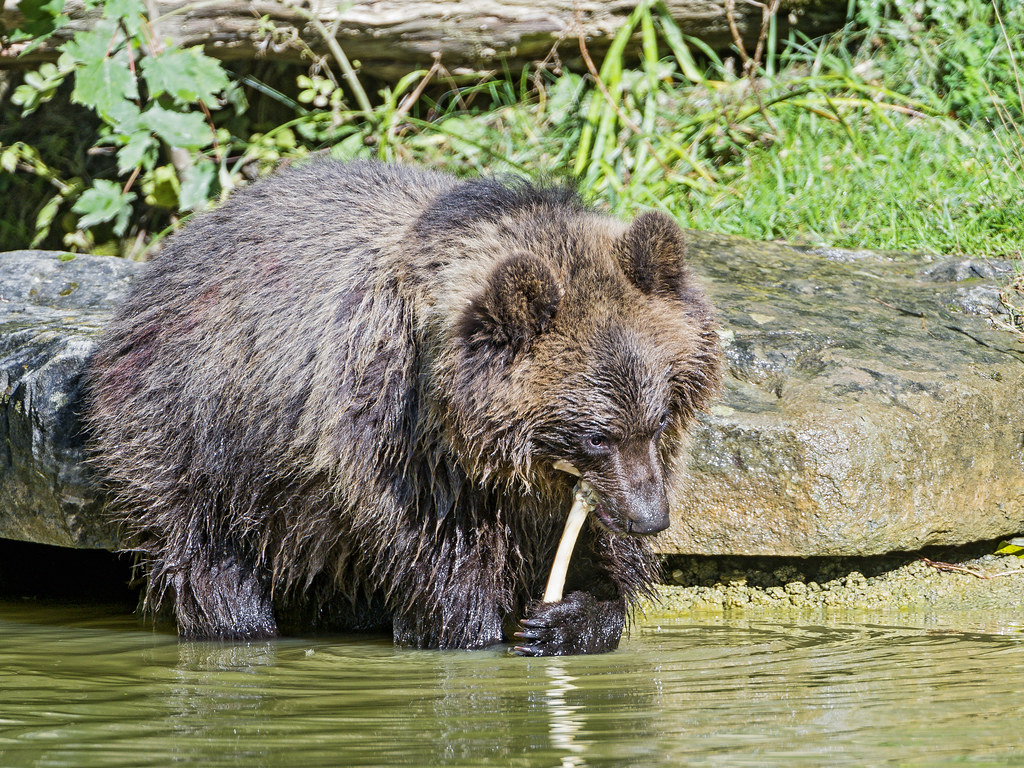
Bears might seem like gentle giants, but they’re actually formidable bone processors when the situation calls for it. Their omnivorous diet includes regular bone consumption, particularly during salmon runs when they have access to fish carcasses. Brown bears and black bears both possess powerful jaw muscles and specialized molars that can crack open bones to access nutrient-rich marrow. During hyperphagia – the pre-hibernation feeding frenzy – bears will consume virtually every part of their prey, including bones that they might normally ignore. This behavior helps them build the fat reserves necessary to survive months of winter hibernation. Their ability to process bones gives them a significant advantage over other omnivores in extracting maximum calories from available food sources. Polar bears, as specialized predators, regularly consume the bones of seals and other marine mammals. Their bone-processing abilities are so advanced that they can crack open seal skulls to access brain matter, one of the most calorie-dense parts of their prey. What’s particularly interesting about bear bone consumption is how it varies seasonally and regionally. Coastal bears with access to salmon often ignore bones in favor of fattier tissues, while inland bears may rely more heavily on bone marrow during leaner times. This flexibility in feeding behavior has contributed to their success across diverse habitats.
Raccoons: The Opportunistic Bone Scavengers
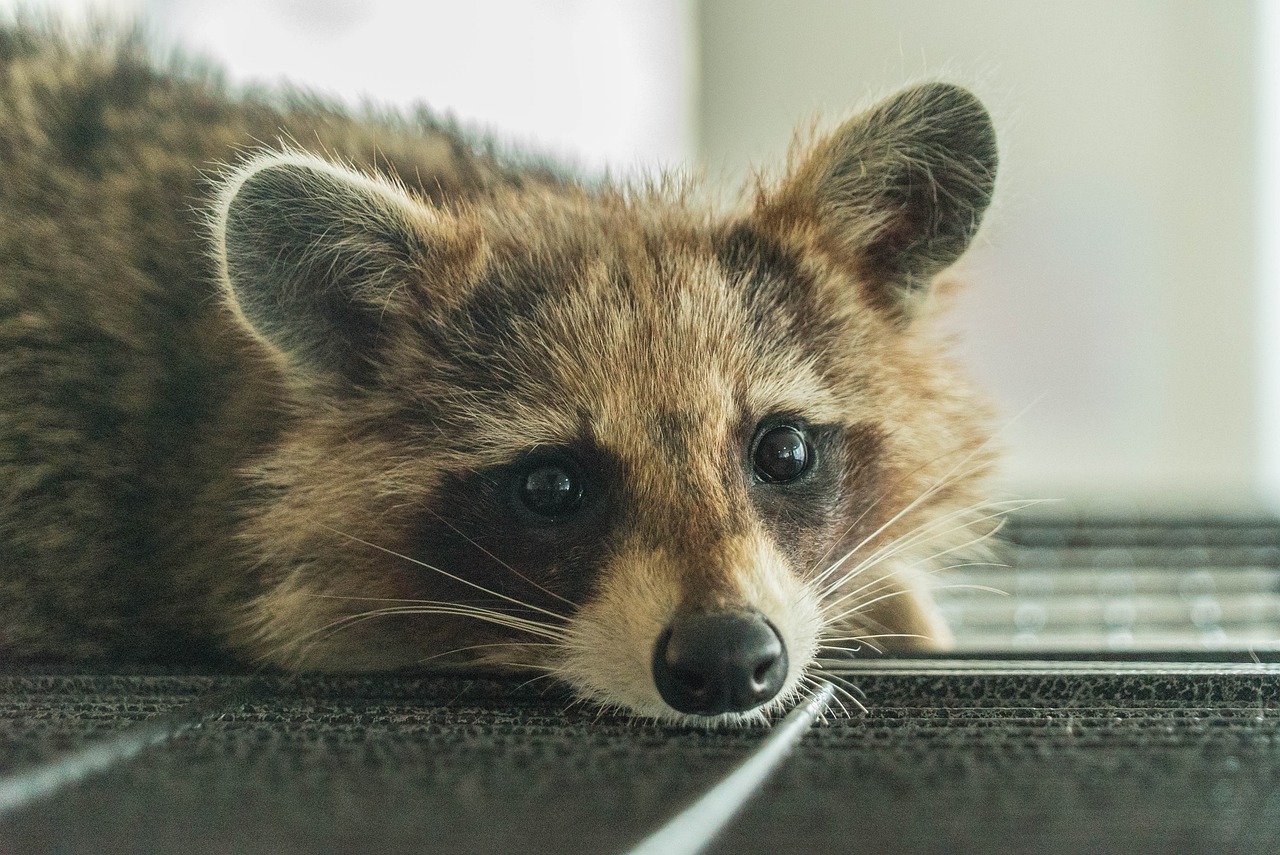
Raccoons might look like adorable bandits, but they’re actually skilled bone processors with surprisingly strong jaws and dexterous paws. These intelligent mammals regularly scavenge bones from various sources, using their remarkable problem-solving abilities to access marrow and other nutrients. Their omnivorous diet includes everything from roadkill bones to bird carcasses, making them opportunistic bone recyclers in urban and rural environments. What makes raccoons unique among bone-eaters is their incredible manual dexterity. They can manipulate bones with their paws, positioning them for optimal gnawing and even using tools to extract marrow from narrow cavities. This combination of intelligence and physical capability makes them highly efficient scavengers. Raccoons have been observed washing bones in water before consumption, a behavior that might help them assess the bone’s condition and remove any unpalatable materials. Their excellent sense of touch allows them to identify the best bones for consumption, avoiding those that might be too old or contaminated. Urban raccoons have adapted their bone-processing behaviors to city environments, often scavenging from garbage bins and pet food sources. This adaptability has allowed them to thrive in human-dominated landscapes where other wildlife struggles to survive.
Shrews: Tiny Powerhouses with Big Appetites
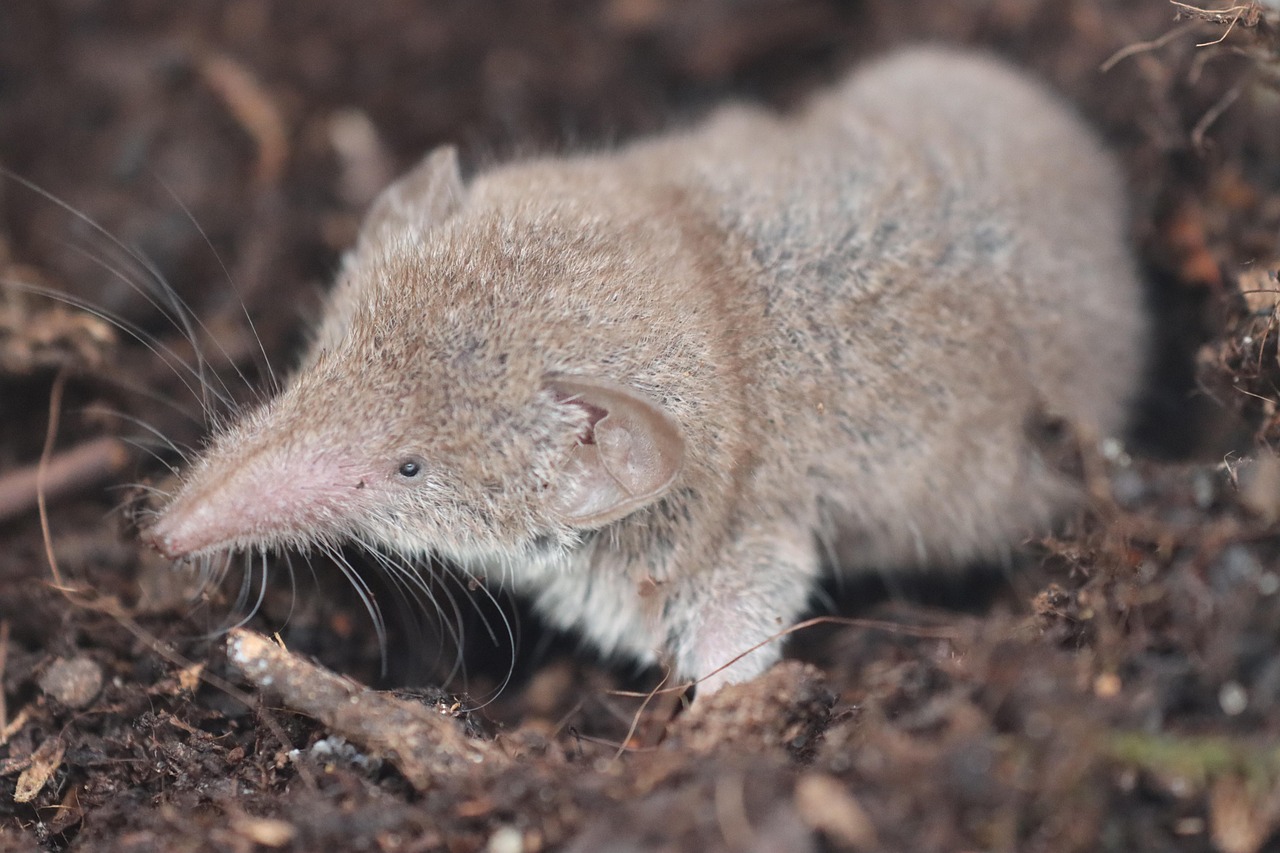
Don’t let their size fool you – shrews are voracious bone processors with metabolisms that burn like tiny furnaces. These diminutive mammals must consume their body weight in food every day just to survive, and bones provide essential minerals that their high-energy lifestyle demands. Despite weighing less than a penny, shrews have incredibly powerful jaws relative to their size and can process small bones with surprising efficiency. Shrews have evolved specialized teeth that work like tiny scissors, allowing them to cut through small bones and access nutrient-rich marrow. Their rapid metabolism means they need to eat every few hours, making efficient nutrient extraction crucial for survival. They often consume entire small prey animals, including bones, leaving behind only the most indigestible parts. What’s remarkable about shrew bone consumption is how it scales with their incredible energy requirements. A single shrew can consume hundreds of insects, worms, and small vertebrates in a single day, processing bones at a rate that would be impressive for much larger animals. These tiny predators play a crucial role as bone recyclers in forest ecosystems, processing the remains of small animals that other scavengers might overlook. Their bone-processing abilities help them extract maximum nutrition from limited food sources, giving them a competitive advantage in resource-scarce environments.
The Evolutionary Advantage of Bone Consumption

Bone consumption isn’t just a dietary quirk – it’s an evolutionary strategy that provides significant survival advantages. Animals that can process bones gain access to concentrated sources of calcium, phosphorus, and other essential minerals that are often scarce in the environment. This ability becomes particularly crucial during breeding seasons when females need extra calcium for egg production or milk synthesis. The evolutionary pressure to develop bone-processing abilities has led to remarkable adaptations across the animal kingdom. From the hyena’s bone-crushing jaws to the bearded vulture’s bone-dropping behavior, each species has evolved unique solutions to the challenge of extracting nutrients from these hard structures. These adaptations often represent millions of years of evolutionary refinement. Bone-eating animals also serve as crucial ecosystem engineers, accelerating the decomposition process and recycling nutrients that would otherwise remain locked in skeletal remains. This ecological service helps maintain healthy nutrient cycles and prevents the accumulation of carcasses that could become disease reservoirs. The study of bone-eating adaptations has provided valuable insights into evolutionary biology, biomechanics, and ecology. Understanding how these animals process bones has applications in fields ranging from paleontology to materials science, demonstrating the broader importance of these remarkable creatures.
Conclusion
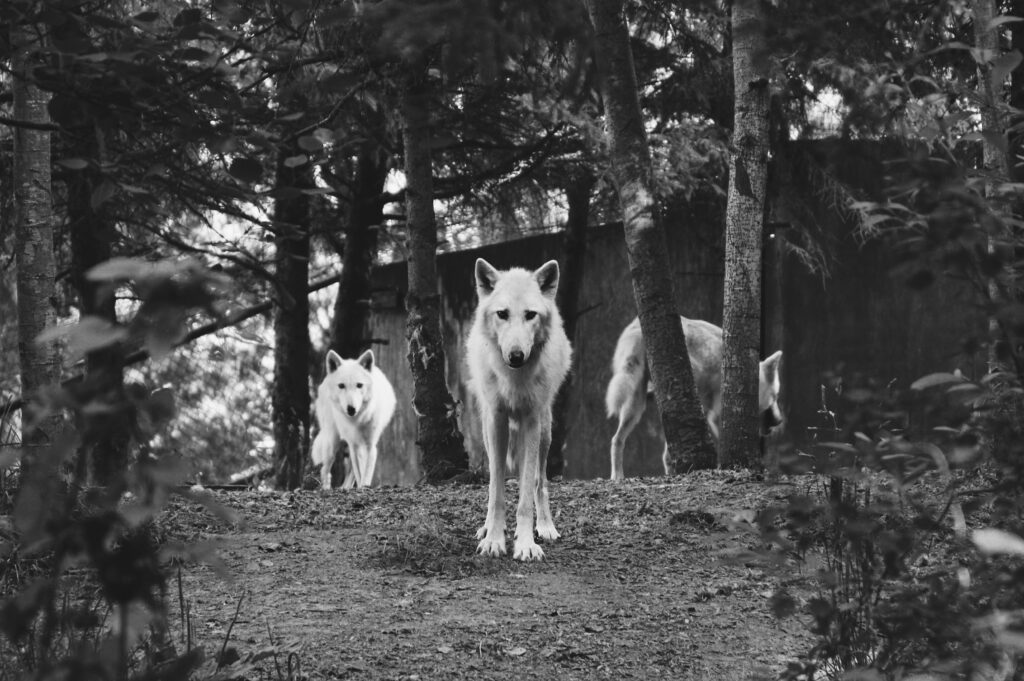
The world of bone-eating animals reveals nature’s incredible ability to waste nothing and adapt to every available niche. From the mighty hyena’s bone-crushing jaws to the microscopic beetle’s precise cleaning abilities, each creature has evolved unique strategies for extracting nutrition from what others leave behind. These remarkable adaptations showcase millions of years of evolutionary refinement, creating a diverse community of specialists that keep our ecosystems clean and functioning. Whether it’s the bearded vulture’s aerial acrobatics or your own dog’s instinctive gnawing, bone consumption represents one of nature’s most efficient recycling systems. Next time you encounter evidence of these bone-processing specialists at work, remember that you’re witnessing one of evolution’s most ingenious solutions to the challenge of survival. What other hidden talents might the animals around us possess that we’ve barely begun to understand?


